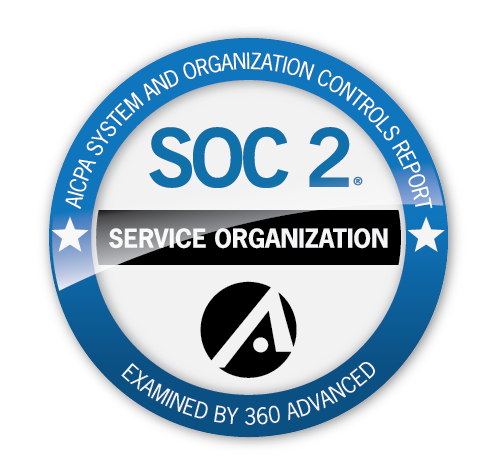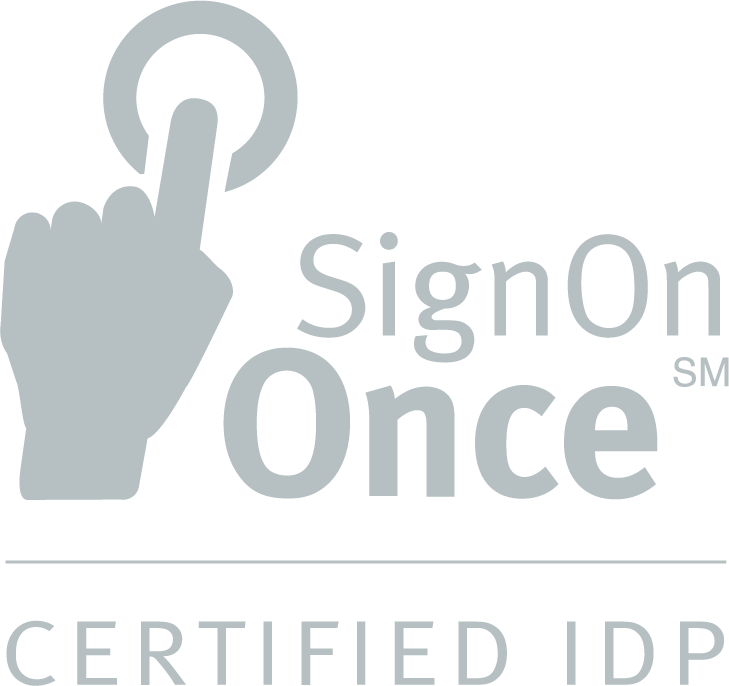Vertafore's acquisition of MGA Systems brings two InsurTech powerhouses together to create world-class solutions for MGAs. In this conversation, industry leaders James Thom, Chief Product Officer, and John Bennis, Vice President of MGA Systems, offer insights into what’s happening in today’s MGA space.
Q: How would you describe today’s MGA landscape?
James: It's an amazing time in the MGA market. The latest Conning report shows there’s a tremendous amount of premium flowing through this space and it keeps growing. And that comes from two factors. First is the continued hardening of the insurance market and related challenges in securing coverage for clients. That’s giving rise to the need for intermediaries to support agencies to get the right coverage. And second, we’re seeing the continued need for and growth in specialized products, like the massive increase in cyber insurance, for example.
John: Absolutely. On the flip side of this growth, we’re seeing a bigger push for efficiency. At the end of the day insureds are looking for the best coverage at the lowest price. To be competitive, MGAs are thinking about how to make their operations as efficient as possible—where it's appropriate—while still having the flexibility and agility to respond to market needs.
Q. What do MGAs need to have on their radar right now?
James: There are interesting times ahead for the industry with the recessionary pressures we’re facing. We’re also seeing a lot of consolidation amongst retail brokerages, with a growing appetite for them to buy MGUs and stand up their own programs. That’s true on the carrier front, too—they are acquiring MGAs to bring that expertise in-house. This heavy investment is shaping the space and needs to be strategic consideration for MGAs, whether they want to compete as a standalone or set themselves up for acquisition down the road.
John: One trend we’re seeing: MGAs looking for a consolidated underwriting workstation, so to speak, that allows underwriters to aggregate relevant data. Let’s say you have a restaurant book of business, and you are trying to determine the risk, based on specific information about the quality of their food and how well they run their operation by looking up reviews on social media. The underwriter might need to go to multiple sources and vendors to get this information and bring it together. But by aggregating that information in one place, along with exposure information and other application data, the underwriter can quickly say this is a good risk or a bad risk and price it accordingly. It comes back to efficiency, which ultimately influences profitability and competitiveness.
Q. How is the approach to InsurTech different for MGAs?
John: Early on at MGA Systems we learned that every MGA is completely different: the way they conduct their business, the products they offer, and just the way they approach underwriting. At the same time, they still have to process insurance like every other part of the distribution channel. So, they need a solution with core functionality that can be altered based on their individual needs.
James: MGAs are really the entrepreneurial sector of the insurance space. They needed a core policy administration system that helps them run their business, but they need additional solutions to help them grow faster—things like tools to gather and distribute third party knowledge as well as solutions to aid connectivity with their retail agencies and connectivity as carriers. To John’s point, that strategy empowers individual MGAs to run their business the way they need to, while tapping into the efficiencies and growth potential that those tools can create.
Q. Vertafore recently acquired MGA Systems. How did that come about and what does it mean for MGAs?
John: MGA Systems was exceptionally successful. But to scale it to the next level, we needed a partner. And with any partnership, you want someone who brings more than just capital to the table. In our case, we wanted someone who would embrace our product and our philosophies of what we do as a company. We felt very strongly that Vertafore’s culture and values aligned with ours. And we felt we could leverage Vertafore’s experience and infrastructure to take a superior offering and bring it to the fore of the insurance marketplace.
James: With any acquisition, we’re looking at three things: culture, product, and people. MGA Systems ticked all the boxes. We knew we wanted to grow our investment to deliver on our vision for simpler, smarter insurance distribution. And we knew the quality of MGA Systems’ solutions. The key was the depth of talent and knowledge John and the whole MGA Systems team bring. They have such a unique perspective on how to solve these problems and how to create real value for MGAs.
Q. What does Vertafore’s future look like in the MGA space?
John: Once we decided that we needed an acquisition partner to help us grow to the next level, we began looking for a company with a strong sales and marketing team and the internal infrastructure to help us take our superior product further into the market. Vertafore offered this and, when it all came together, we felt very strongly that we had made the right decision.
Our shared vision is how we can offer a more connected experience for our MGA customers. With this new partnership, we’re poised to bring better service to the market with a suite of best-of-breed technology designed to meet the unique needs of the MGA. Down the line, we’ll be looking at how to better connect MGAs to the massive footprint of technology that retail agencies use.
James: By bringing the MGA Systems talent into the fold, there is so much that we can do together, and our future looks bright. The MGA Systems team is an amazing, talented group of people and they have a unique perspective on how to solve problems and create real value for MGAs. Their expertise in both the MGA segment and insurance distribution overall is rare among other software vendors in the space and they have come on board excited to expand well into the MGA market. On the other end, we’ll be looking at connecting MGAs with the 1,000+ carriers we work with. We are prepared to cover the entire MGA space. We're already seeing traction because our customers are excited to work with the MGA Systems products and team.


